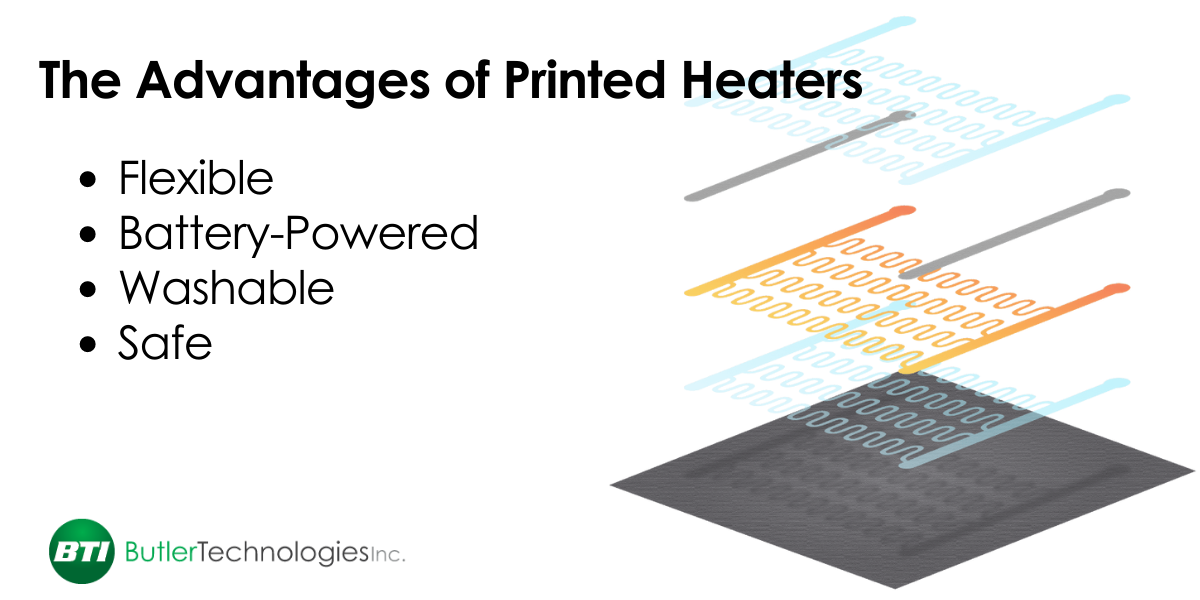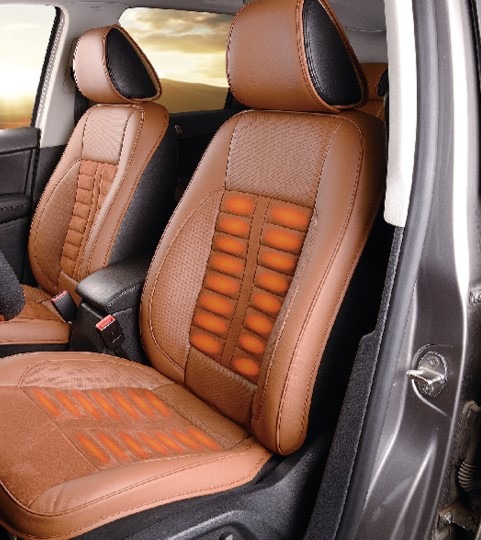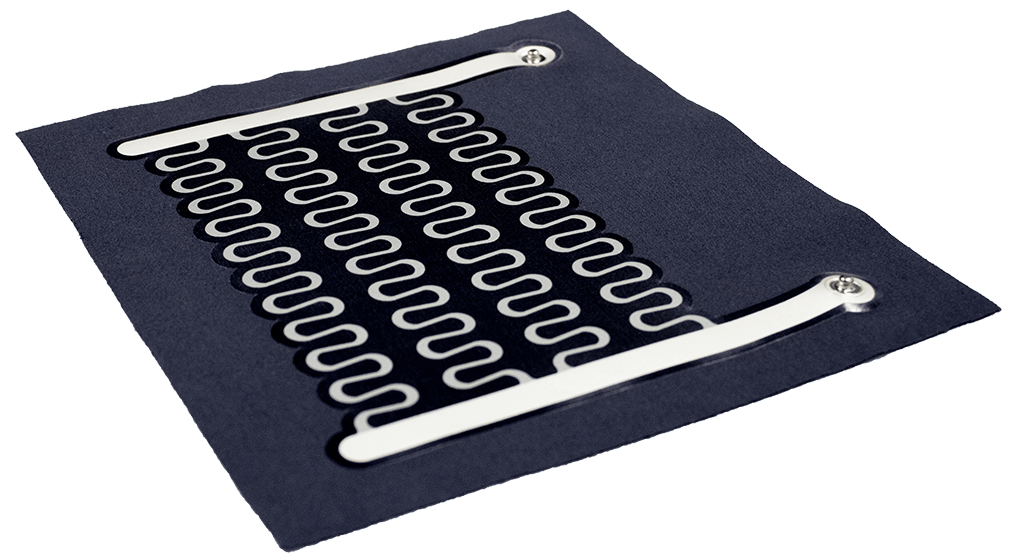Localized heating serves many purposes, from keeping people warm in frigid environments to supporting patients recovering from injury, surgery, or illness. While traditional systems are weighty and restrictive, thin and conformal flexible printed heaters produce better results without limiting movement or comfort.
Here’s a breakdown of the advantages flexible printed heaters provide over wired ones, and when they may be best for an application.
Printed Heaters Versus Wired Heaters
Wired heaters typically involve weaving metal elements like coils, ribbons, or wire strips through inner layers of fabric. The elements give off heat as electricity delivered from a secondary power source runs through them. Typically, wired heaters require bulky cords and a nearby outlet to power them.
While wired heaters produce heat, they’re often bulky and inflexible. This hinders movement, accessibility, and usability, making them uncomfortable for prolonged use.
Printed heaters are thin, screen-printed heaters that can be bent to conform to a variety of surfaces, including apparel, bandages, sleeping bags, and more.
Printed Heaters are Flexible
Flexible printed heaters pack a lot of heat in a compact, lightweight, and formable package. They’re easy to incorporate into applications because they can adhere to any type and size of material. The screen-printing process allows them to stretch and bend with the substrate.
Printed heaters warm things up by utilizing a range of conductive and resistive inks, which act as heating elements. The inks are deposited on flexible substrates, such as thermoplastic polyurethane (TPU), polyimide (PI), polyester (PET), and Kapton RS conductive film using screen printing techniques. Through their pattern and deposition, the inks enable engineers to tailor flexible heaters for specific operating parameters.

Printed Heaters are Battery-Powered
Lightweight rechargeable lithium batteries can power flexible printed heaters, making them ideal for on-the-go applications like wearables. The battery packs differ in weight depending on capacity requirements, but typical sizes range from a coin cell battery to a mobile phone.
Printed Heaters are Washable
By design, wearable flexible heaters are well-suited for active pursuits. The materials that comprise most circuits can handle getting wet and a bit of agitation, making wearables suitable for washing.
Traditional wired heaters typically are not water-resistant and cannot withstand being washed.
Printed Heaters are Safe
Some heaters can be made with positive temperature coefficients (PTC) materials that increase their electrical resistance when their temperatures are raised. In terms of printed heaters, as the temperature increases, the electrical resistance of the heating element also increases, ultimately limiting current flow.
This means that the flexible heaters are self-regulating. This ensures safety because they don’t require a power outlet to operate and they cannot overheat. However, PTC heaters are still flexible but not stretchable.
What’s more, the production of flexible printed heaters is fast and efficient. They can be manufactured in high volumes using print processes like flatbed screens, rotary screens, and roll-to-roll techniques. The manufacturing method depends on the type of heater and materials used.
What Industries Benefit From Flexible Printed Heaters?

When it comes to warming things up, the benefits of flexible printed heaters far outweigh those of their wired counterparts for applications where motion is paramount. Examples include:
Activewear, outdoor clothing, outerwear, athletic apparel, footwear
Seat warmers, steering wheel warmers, defrosters, floorboard warmers, personal heaters
Airplane engine warmers, seat warmers, defrosters, floorboard warmersFoodservice
Hot plates, space heaters, heated worker gloves, outerwear, footwear
Healthcare and Medical Devices
Rehabilitation equipment, bandages, braces, tapes, wraps, bedding, blankets
Consumer Products
Leisurewear, footwear, camera lens defoggers, space heaters, personal heaters
Your Flexible Printed Heater Manufacturing Partner
Several different types of flexible printed heaters are used in applications worldwide. The main ones are:Fixed Resistance Heaters

Fixed resistance heaters have lines of resistive ink printed onto a substrate, and the specifications of the design and ink dictate the heating properties. They’re ideal for high-stretch applications such as compression clothing, joint braces, and more.
PTC Heaters
PTC heaters are comprised of silver ink BUS bars and traces connected by screen-printed carbon tiles. When current is applied, the carbon tiles heat up and expand until they cannot pass electricity. Able to cycle on and off, they are self-regulating. PTC heaters are flexible but not stretchable.Kapton RS Printed Heaters
These heaters are constructed by combining screen-printed silver busbars and electrodes with Kapton RS film, an electrically conductive polyimide film with a constant resistivity (100 Ω/Sq.). A significant benefit of this printed heater type is the ability to function when punctured. It can also maintain a safe operating temperature up to 240 Celsius, or 464 degrees Fahrenheit.
Move Freely, Stay Warm
At Butler Technologies, Inc., we’re proud to be the leading provider of flexible printed heaters for wearable products. Companies across many industries rely on us to develop innovative ways to create warmth without confining movement or usability.
Designing, engineering, and manufacturing them for advanced applications is one of our many goals. Get in touch with us about incorporating flexible printed heaters into your next project.
Meet the Author

Courtney Houtz is the marketing lead for Butler Technologies, Inc. In her role, she is responsible for content strategy, branding, and project management. She is a graduate of Michigan State University with a degree in social relations and policy.
